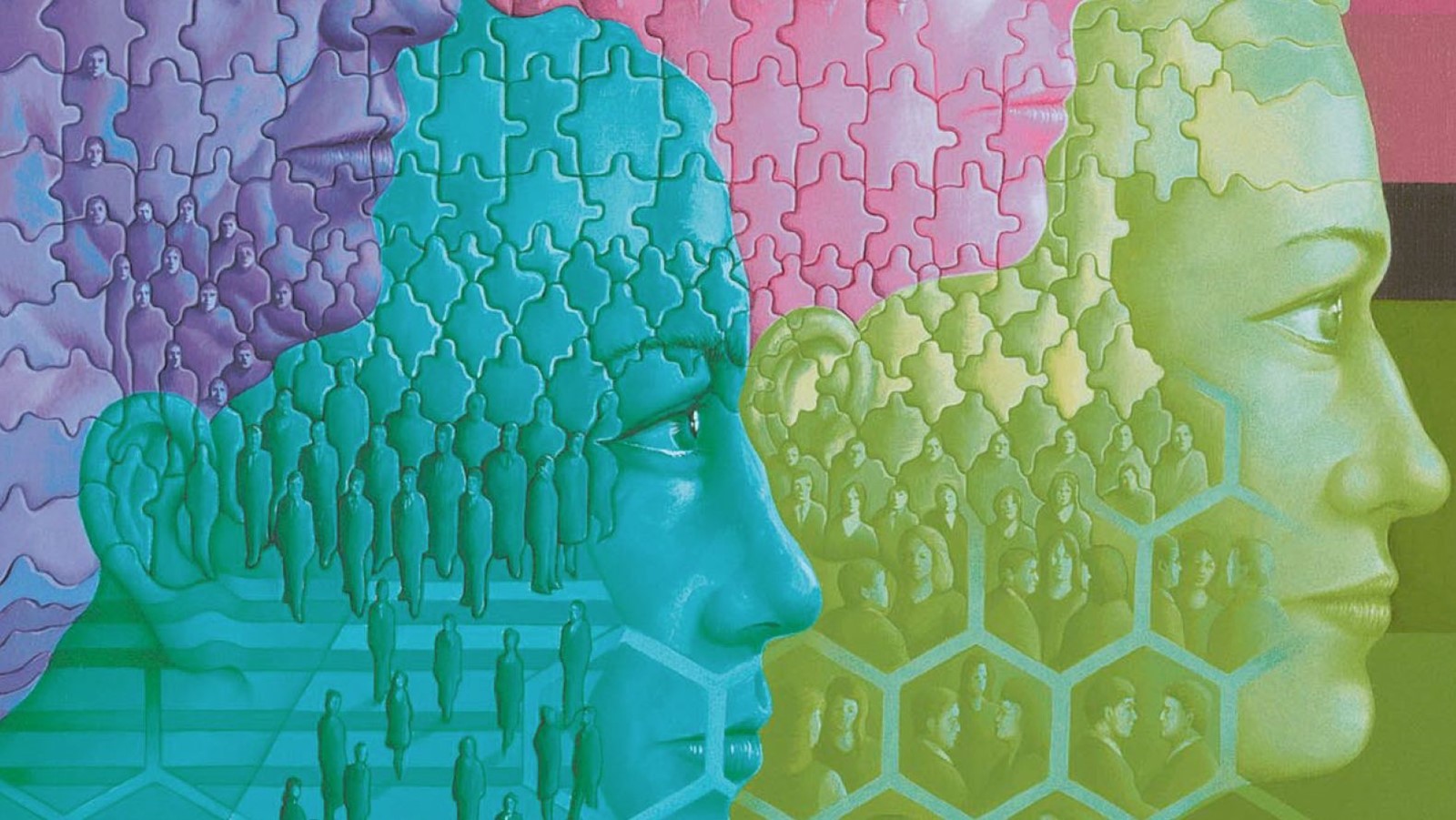I scarcely believed my doctor when, nearly 20 years ago, he told me that my shaky and rigid legs were caused by incorrect breathing. A community psychiatric nurse (CPN) I’d had contact with had also acquainted me with the physical effects of stress on the body. My anxiety had resulted from a stressful and bullying work environment; over the last few years, I have also suffered from panic attacks.
Over time, I have seen counsellors and tried alternative therapies in order to try to solve the problem. The first counsellor I saw – arranged through work – had a good professional manner and I found the six sessions very helpful; it felt good to be listened to and offload my concerns. I also gained some insight into myself and the dynamics of the office situation.
Another time, my doctor arranged some counselling for me – six sessions – but unfortunately this ended after four sessions due to the counsellor having an accident and I didn’t feel I’d learnt anything.
I eventually left my stressful job but my anxiety continued. I read as much as I could about anxiety and this helped, but the condition continued to develop so that I no longer wanted to socialise; it was a great effort to go out unless I knew I could sit down immediately I arrived, making it difficult to stand in queues or wait for buses. I tried hypnotherapy but the therapist reminded me of a strict school teacher so I only went for two sessions.
After some years I decided to qualify as a counsellor; the training would be an asset in my job and hopefully allow me to gain more understanding of my anxiety problem. Personal counselling was a course requirement and I had the same counsellor for four years. It was wonderful to be really listened to and valued for who I was; I also valued the fact that everything was confidential. My self-confidence grew. We revisited the work trauma situation and did some inner child work. I grew in understanding of the impact of childhood experiences. However, all this discussion and exploration made no impact on my rigid legs.
Occasionally, when I was feeling low and frustrated with the problem, I started to pursue other therapies. I tried hypnotherapy again which was a much better experience this time. The therapist was a good listener and I loved the deeply relaxed ‘trance’ state. We also did some visualisation, but after four sessions the therapist was unable to help me further. I also tried two other counsellors but did not feel comfortable with them as one seemed stressed and not very understanding and one was very passive, just smiling at me and offering very little feedback or observation. I tried craniosacral therapy – again, very relaxing but it had no effect on my legs. I also consulted a Jungian psychologist but terminated the counselling after six sessions as I felt she was disinterested. Thinking a body-based therapy would be helpful, I then tried the Feldendkrais method. The therapist was very professional and the therapy so relaxing, which provided mild but not lasting relief.
At that time, I was avidly reading everything I could find regarding anxiety and panic attacks using cognitive behavioural therapy (CBT) as a self-help tool. I discovered a psychologist who offered CBT. I had read lots about CBT and it had been covered in my counselling course, but I had never experienced it with a counsellor. There was immediate rapport between us and we worked through the Mind over Mood book1. I found it extremely useful to use the charts, along with the questions, in this book, to get a fix on how I functioned and my sense of reality. This counsellor was very supportive and my self-confidence increased, but I felt she lost interest when there was no change in my leg problem, her view being that the problem was caused by automatic thoughts. She recommended I see a chiropractor and, again, this gave temporary physical relief, especially since by now not only were my legs tense and rigid, but also my lower back.
During this time I joined No Panic, a charitable organisation that supports people with anxiety disorders, and began to volunteer as a Help Liner. This has helped me enormously and I have realised, for the first time, the real importance of correct breathing, relaxation and exercise.
More recently, I began to read about bioenergetic analysis, a specific form of body psychotherapy, found a therapist and have now had about 15 sessions. Usually half of the hourly session is talking therapy and the remaining half is massage but I preferred at first to just have talking therapy. However, for the last two sessions we have included the massage, enabling me to release suppressed emotions. The therapist took a thorough case history from me and always seems to remember exactly what I’ve said. I feel she is dealing with my concerns at a much deeper level than I have ever experienced before with a therapist and I feel very much supported and understood. My body also feels much more relaxed and I am hopeful that, at last, I am getting to grips with my anxiety problem.
Maureen Downton began her working life as a secretary before her interest in mental health led her to work for the charity Rethink. She later qualified as a counsellor and presently volunteers as a counsellor working with domestic violence and abuse, and as a Help Liner with No Panic.
Reference
1 Padesky CA, Greenburger D. Mind over mood: change how you feel by changing the way you think. New York: Guilford; 1995.
